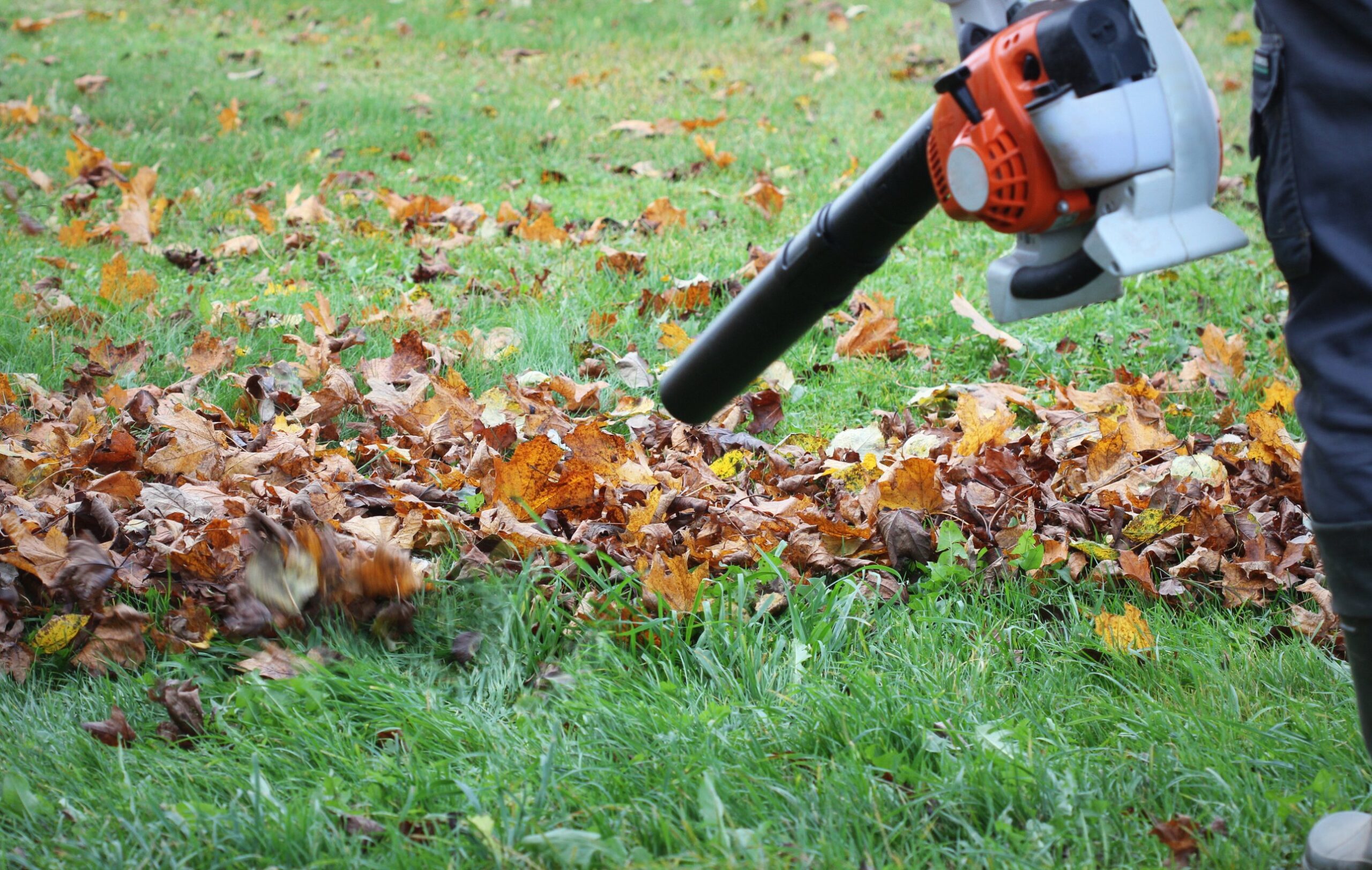Recalled Leaf Blower

John R. Yannaccone, P.E., Principal Mechanical Engineer
Summer has ended and the leaves will soon be falling. Time to break out those leaf blowers and clean-up the lawn. Before you do, take a couple minutes to make sure your blower has not been recalled for one of many reasons. You can enter some basic information at the Consumer Products Safety Commission’s website, https://www.cpsc.gov/Recalls, to see if a product you have has been recalled. The following case involves a recalled blower where the user was unaware it was subject to a recall.
Incident Description: A homeowner was using a hand-held leaf blower to blow leaves and other debris out of the garage. When he was done, he switched off the blower and reached to put a second hand on the blower. As he did, he felt his hand being pulled into the bottom of the blower. The homeowner sustained a severe laceration and fractures of his thumb and other lacerations on his fingers. As he was leaving for the hospital, he saw the bottom cover of the blower laying on the garage floor.
Analysis: Inspection of the subject blower showed it was a combination blower and vacuum designed to be able to suck-up, chop and bag leaves. To convert from blower to vacuum, the cover over the fan needed to be removed and a tube attached. Some quick research revealed the blower had been subject to a recall between the time the homeowner purchased it and the incident. The recall was related to a problem with the fan cover unexpectedly coming unlatched and opening, resulting in the rotating fan blades being exposed.
The blower did incorporate both a latch and a cover interlock designed to prevent the fan from running if the cover or vacuum tube was not in place. The cover could be easily dislodged from the blower housing by contact with a release button which protruded above the side of the housing. This could occur from incidental contact by the user. When the button was depressed flush with the housing, the fan cover would release and open. This differed from what would occur with the vacuum tube attached; to release the tube, the release button needed to be depressed below the housing surface, requiring a deliberate action as opposed to incidental contact. It was also found that if the release button was contacted while the blower was running, the suction would hold the fan cover in place until the motor was turned off. Once the blower fan slowed, the suction would decrease and the fan cover would fall off the blower, exposing the still rotating fan blades.
Based on the available data, it was theorized that the homeowner likely bumped the button while using the blower to blow out the garage, but the cover remained in place until the blower was turned off. Once the motor was off, the fan slowed, allowing the cover to fall off the blower, un-noticed, as the homeowner walked back into his garage. When the homeowner reached down with his second hand to grab the blower, his fingers and thumb entered the housing and contacted the spinning fan blades.
The manufacturer did have a replacement fan cover they would supply upon consumer request. This replacement cover had an extended guard to prevent inadvertent contact with the cover release button and required the user to insert a screwdriver or other small tool into an opening to depress the release button. Such a design was both technologically and economically feasible at the time the blower was originally designed and manufactured. This re-designed fan cover eliminated the hazard of unintentional release of the fan cover.
Result: Matter Settled.
Categories: John R. Yannaccone | Mechanical Engineer


